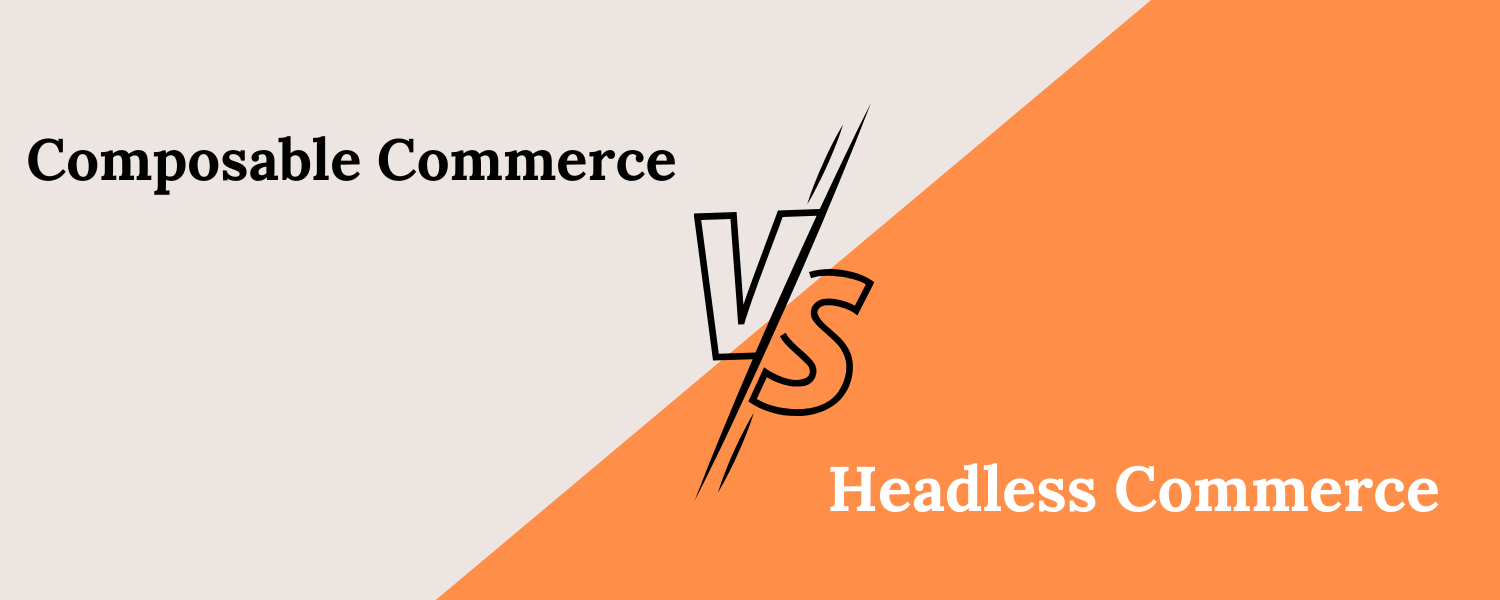Composable Commerce- Everything You Need to Know
What do you think about an eCommerce model that helps you make changes to it, update, and constantly stay in touch with the trends? While some commerce platforms are quite rigid and have little or no scope of flexibility, composable commerce is an exquisite option for businesses that aspire for higher levels of flexibility in their eCommerce stores. In this article, we will read about everything you must know about composable commerce if you intend to start an eCommerce store of your own.
What is Composable Commerce?

It is most widely known as the process of selecting the best-of-breed commerce elements and composing them into a custom application. It allows the companies to inculcate modern technologies and approaches such as Microservices, API, Cloud, Headless Commerce, Javascript, Markup, etc to make their business scalable and adaptable to the constantly changing market dynamics. With composable commerce, organizations can cater to their specific business needs.
Tenets of Composable Commerce
The basic tenets or principles that run the composable commerce are-
● Business centricity 
● Modular architecture 
● Open ecosystem 
● Flexible 
Benefits of Composable Commerce
Composable commerce helps the organization take the customer experience to the next level. With this, they can create their commerce strategy with the best factors, allowing them a lot of flexibility. It helps them in searching and adopting new ways to innovate businesses. Some fantastic benefits of composable commerce are-
● Personalized customer experience 
This is offered to the customers through a composable commerce strategy. There is a lot of flexibility in a composable commerce model; thus, the brands can invent personalized experiences for the customers, keeping them loyal and hooked to the business.
● Constant Updation 
●Reduces CAC 
Therefore, companies now look for experience-led commerce, which helps them reduce the CAC by providing their customers with a fantastic overall digital experience.
● Avoids vendor lock-in 
Composable Commerce VS Headless Commerce

The frontend stack is separated from the backends stack in composable commerce, and the best technologies are chosen to build your eCommerce stack. This frees the enterprise from the limitations or constraints on the capabilities of an eCommerce platform. Also, the frontends developers are empowered to work independently of backend teams without requiring cross-functional coordination.
The flexibility of headless solutions is nothing compared to the flexibility offered by composable commerce. The functionalities within a headless architecture are limited by business logic if the central platform is a full-stack engine. Composable commerce, on the contrary, is an API-first solution in which the software communicates through APIs to create complex business solutions.
Top 5 Composable Commerce Platforms
Mentioned below is a list of some well-known composable commerce platforms that can assist you in building and deploying your eCommerce application.
1. Commerce Tools 
2. Elastic Path 
Here, you can connect components to your composable commerce solutions with REST Level 3 hypermedia APIs. It also offers other abilities to the businesses, such as payment processing, real-time inventory assessments, omnichannel ordering, etc.
3. Spryker 
4. Fabric 
5. VTEX 
Final Words
Composable commerce is still a rising concept for the market but is catching on quite rapidly. It allows companies to be more agile and enhances their functionality. Although it demands higher investments and upfront costs, it also offers a better Return on Investment in the long run.
With the most efficient composable commerce platform and the best techniques, you can set up a highly efficient eCommerce platform for your business to lure in revenue and sales along with loyal customers.
Source: What is Ach Payment Method, Subscription Billing Software, Subscription Management, SaaS Billing, Payment Gateways
.webp)
Comments
Post a Comment